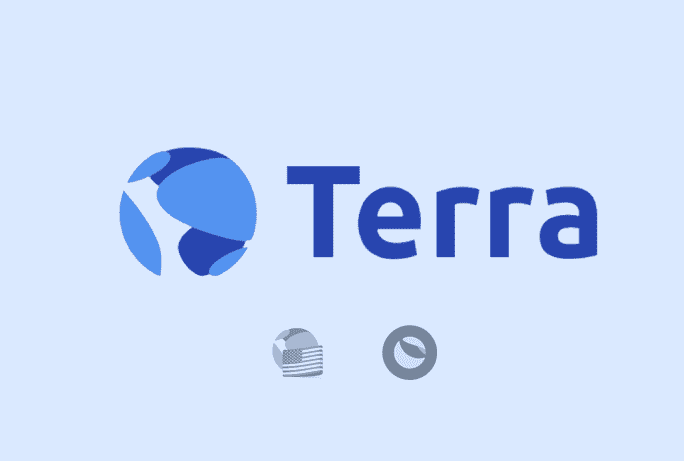Polygon has emerged as a revolutionary platform in the world of blockchain and cryptocurrencies. Since its launch in 2017, it has gained significant traction and popularity due to its scalability, interoperability, and low transaction fees. In this article, we will explore the key features of Polygon and its potential to shape the future of digital assets.
Scalability and interoperability
Scalability has been a longstanding challenge for blockchain networks, often leading to congestion and high transaction costs. Polygon addresses this issue by providing a Layer 2 solution that allows for faster and cheaper transactions. By leveraging sidechains and a modified version of the Ethereum Virtual Machine (EVM), Polygon can process thousands of transactions per second, significantly outperforming the Ethereum network.
Do check out: BNB: All You Need to Know
Additionally, it ensures interoperability by supporting seamless communication between various blockchains. This cross-chain compatibility enables users to transfer digital assets between different networks, enhancing the overall liquidity and utility of tokens.

Low transaction fees
One of the most appealing aspects of Polygon is its low transaction fees. As the Ethereum network faces scalability challenges and rising gas fees, Polygon offers an affordable alternative. Transactions conducted on Polygon are significantly cheaper, making it an attractive option for decentralized applications (dApps) and users seeking cost-effective solutions.
The future of digital assets
Polygon’s success has positioned it as a strong contender for the future of digital assets. Its scalability and low fees make it an ideal platform for developers to build and deploy applications, fostering innovation within the blockchain space. Moreover, its ability to bridge different blockchains opens up new avenues for decentralized finance (DeFi) protocols, gaming platforms, and non-fungible token (NFT) marketplaces, creating a vibrant ecosystem of interconnected applications.
Do check out: Cardano: All You Need to Know
With its growing user base and partnerships with prominent projects, Polygon has established itself as a reliable infrastructure layer for the blockchain industry. As the demand for efficient and affordable blockchain solutions continues to rise, Polygon is well-positioned to play a pivotal role in shaping the future of digital assets.
In conclusion, Polygon’s scalability, interoperability, and low transaction fees make it a formidable player in the blockchain space. Its ability to address the challenges faced by traditional blockchain networks positions it as a key technology for the future. As the world embraces the potential of digital assets, Polygon is paving the way for a more inclusive and accessible decentralized future.










